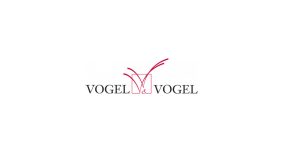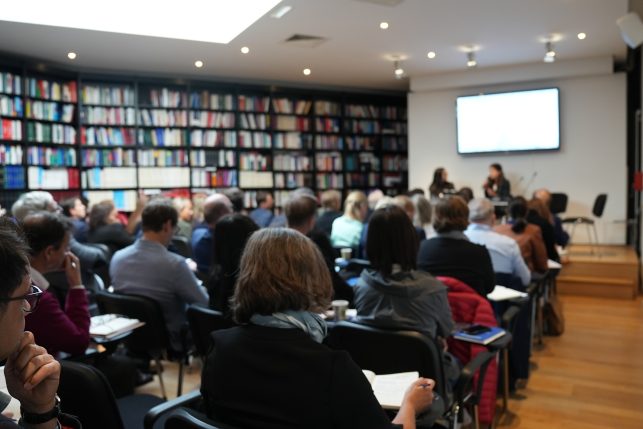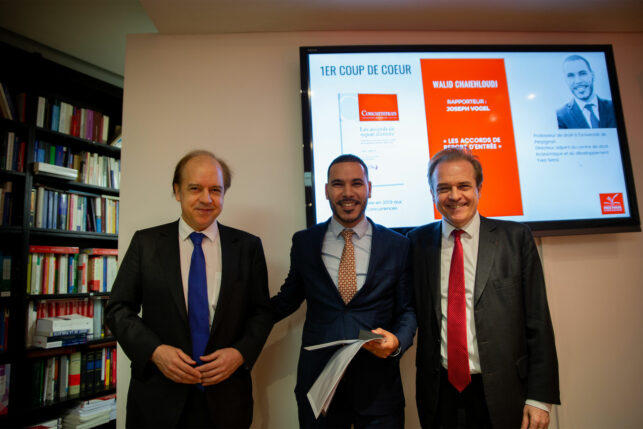Rumors have been circulating over the last few days of a new clash between Canal + and TF1, initiated, as revealed by Djamal Henni of BFM Business, by the pay TV operator which has “clearly recently adopted a more aggressive legal strategy“. The question is why?

Perhaps also, in reaction to the annulment by the Council of State of its buyout of channels D8 and D17. Last Tuesday Canal + re-notified the merger and offered new commitments which the Competition Authority has submitted to the ARCEP (Post and Electronic Communications regulator) and the CSA (Audiovisual regulator) for their opinions and decided to carry out a “market test” while at the same time Brussels is looking into the relationship between the film industry and TV, especially, according to L’Express, the provisions of license agreements tying US studios to Canal +. The complaints brought by Canal + against TF1 as reported in the press still remain very vague however. Its alleged dominant position on the TV advertising market has yet to be proven. Of course the Competition Authority had in January 2010 found it to be in such a position – although this also gave rise to controversy at the time – on the occasion of the takeover of the channels TMC and NT1, but the competitive analysis was based on investigations carried out in 2009. Five years have passed since then and the sector has undergone radical changes.

 MON COMPTE
MON COMPTE













